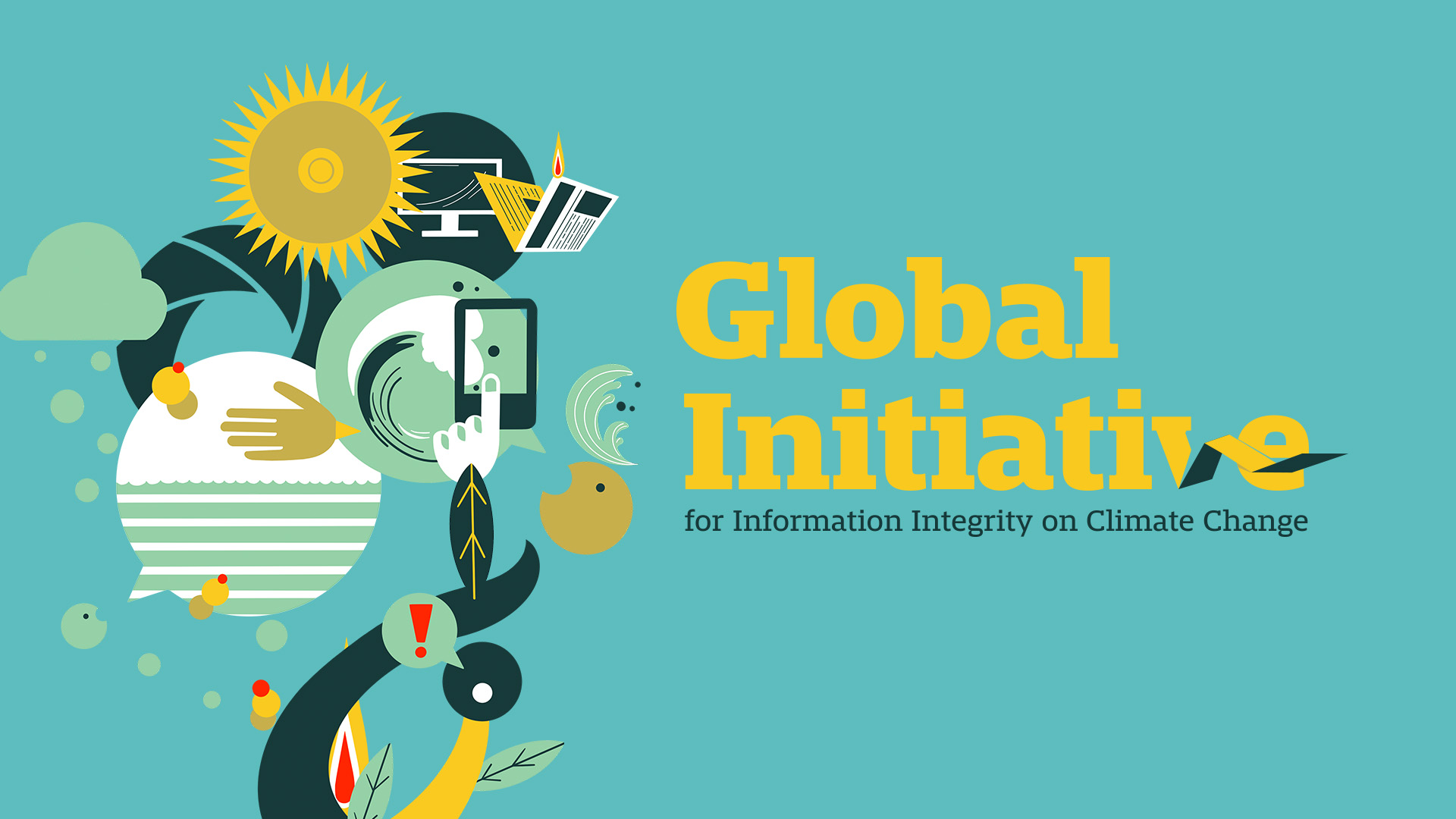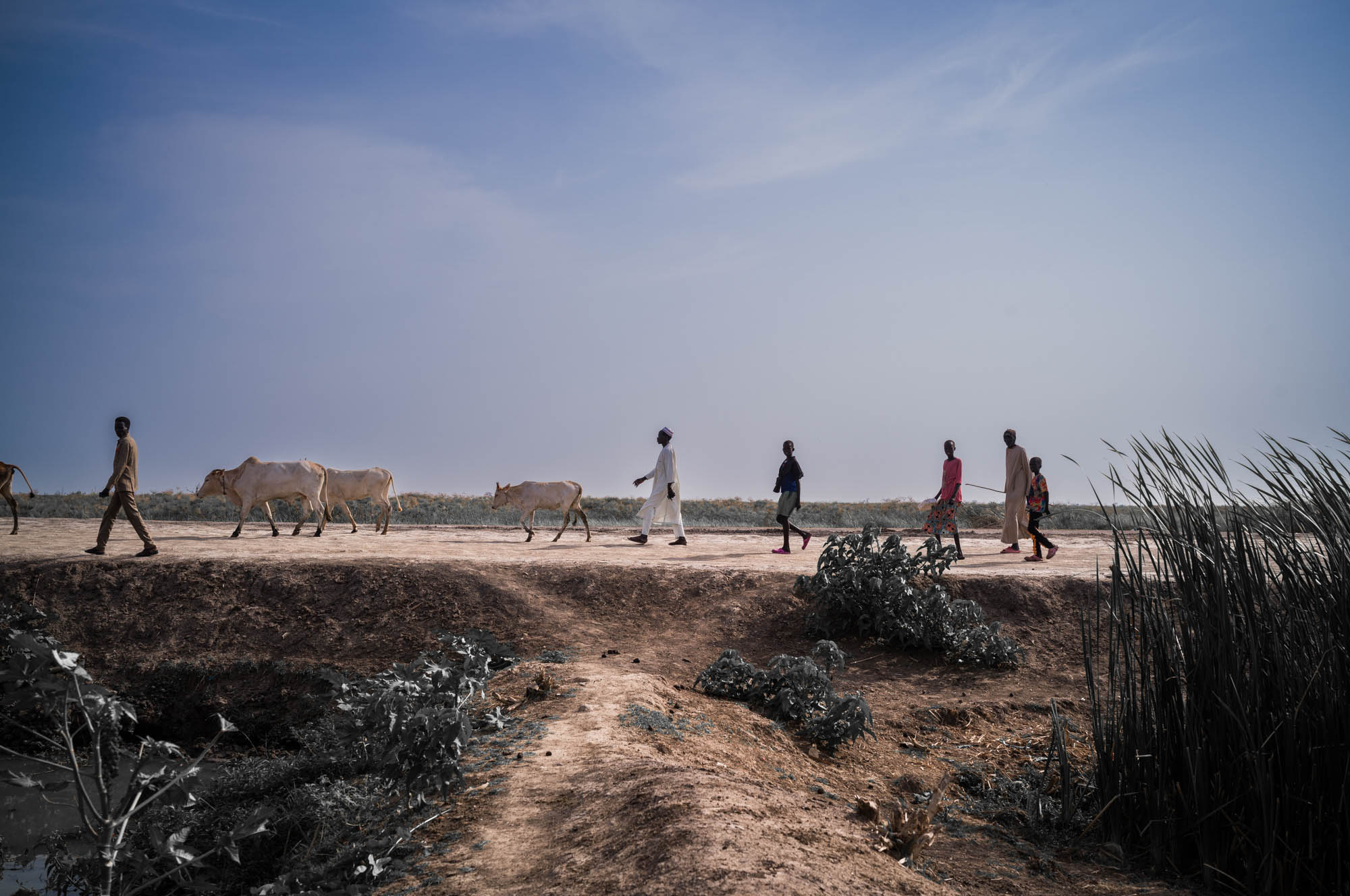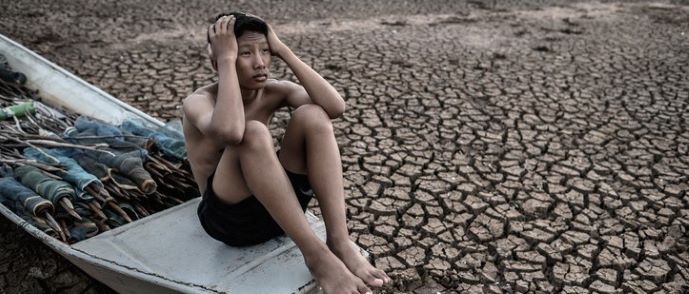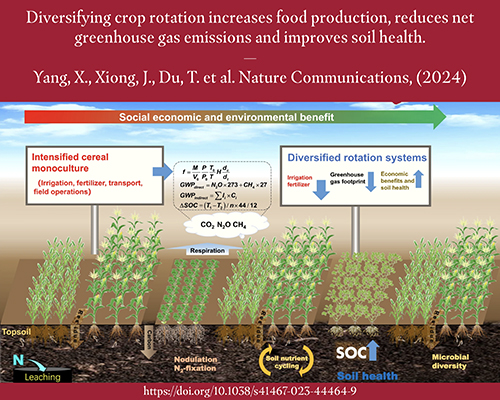
Report on Climate Finance in 2023: Progress Towards Sustainable Development Goals
Overview of Climate Finance in 2023
Global climate finance reached a record high of USD 1.9 trillion in 2023, with preliminary data indicating that it surpassed USD 2 trillion in 2024. This significant increase in climate-related investments is critical for advancing the United Nations Sustainable Development Goals (SDGs), particularly SDG 13: Climate Action, SDG 7: Affordable and Clean Energy, and SDG 8: Decent Work and Economic Growth.
Increased climate finance not only contributes to reducing greenhouse gas emissions but also delivers multiple co-benefits including economic growth and improved public health, aligning with SDG 3: Good Health and Well-being. Conversely, failure to act on climate change is projected to cause severe economic damages, with losses estimated at 15% of global GDP by 2050 due to 2°C warming, escalating to 30% by 2100 with 3°C warming.
Investors in Climate Finance
For the first time, private sector contributions to climate finance exceeded USD 1 trillion in 2023, surpassing public investments. This shift highlights the growing role of private capital in achieving climate goals and supporting SDG 17: Partnerships for the Goals.
Despite this progress, emerging market and developing economies (EMDEs) continue to face challenges in accessing affordable capital, limiting the mobilization of private and domestic climate finance. To overcome these barriers, increased catalytic capital—including guarantees, grants, and catalytic equity—is essential to scale climate investments across all regions, promoting inclusive and sustainable economic development.
Allocation of Climate Finance
International climate finance directed to EMDEs reached USD 196 billion in 2023, with 78% originating from public sources. This funding supports climate resilience and sustainable development in vulnerable regions, advancing SDG 10: Reduced Inequalities and SDG 1: No Poverty.
Mitigation finance constituted the majority of global climate flows, totaling USD 1,780 billion in 2023. Adaptation finance accounted for USD 65 billion, though this figure is likely underestimated due to data tracking limitations. Additionally, dual-benefit finance, which addresses both mitigation and adaptation objectives, reached USD 58 billion.
Impact on Clean Energy and Economic Growth
Investment in clean energy is becoming a significant driver of GDP in various economies, exemplified by clean energy technologies comprising over 10% of China’s economy for the first time in 2024. This trend supports SDG 7: Affordable and Clean Energy and fosters sustainable industrialization and innovation under SDG 9: Industry, Innovation and Infrastructure.
Summary of Key Points
- Global climate finance reached an unprecedented USD 1.9 trillion in 2023, with further growth expected.
- Private sector investment surpassed public funding for the first time, emphasizing the importance of multi-stakeholder partnerships.
- Emerging economies require enhanced catalytic capital to overcome financing barriers.
- Mitigation finance dominates global climate flows, with adaptation and dual-benefit finance growing but still underrepresented.
- Clean energy investments are increasingly contributing to economic growth, supporting multiple SDGs.
Additional Resources
- Explore detailed data in the Global Landscape of Climate Finance (GLCF) Data Dashboard.
- Access the full analysis by downloading the Global Landscape of Climate Finance 2025 Report.
1. Sustainable Development Goals (SDGs) Addressed or Connected to the Issues Highlighted in the Article
- SDG 7: Affordable and Clean Energy
- The article highlights the increasing investment in clean energy technologies, noting that clean-energy technologies made up more than 10% of China’s economy in 2024.
- SDG 13: Climate Action
- The article focuses on global climate finance, investments in mitigation and adaptation, and the need for increased climate finance to reduce greenhouse gas emissions and address climate change impacts.
- SDG 8: Decent Work and Economic Growth
- It mentions that climate investment can drive economic growth and that clean energy investment is becoming a major driver of GDP in certain economies.
- SDG 3: Good Health and Well-being
- The article notes that climate investment would improve health outcomes as part of the wide range of benefits.
- SDG 10: Reduced Inequalities
- It discusses disparities in emerging economies (EMDEs) regarding access to affordable capital for climate finance, highlighting the need for catalytic capital to scale climate flows.
2. Specific Targets Under Those SDGs Identified Based on the Article’s Content
- SDG 7: Affordable and Clean Energy
- Target 7.2: Increase substantially the share of renewable energy in the global energy mix.
- Target 7.a: Enhance international cooperation to facilitate access to clean energy research and technology.
- SDG 13: Climate Action
- Target 13.1: Strengthen resilience and adaptive capacity to climate-related hazards and natural disasters.
- Target 13.2: Integrate climate change measures into national policies, strategies, and planning.
- Target 13.a: Implement the commitment undertaken by developed-country parties to the UNFCCC to mobilize USD 100 billion annually by 2020 to address the needs of developing countries.
- SDG 8: Decent Work and Economic Growth
- Target 8.4: Improve progressively, through 2030, global resource efficiency in consumption and production and endeavor to decouple economic growth from environmental degradation.
- SDG 3: Good Health and Well-being
- Target 3.9: Reduce the number of deaths and illnesses from hazardous chemicals and air, water, and soil pollution and contamination.
- SDG 10: Reduced Inequalities
- Target 10.b: Encourage official development assistance and financial flows, including foreign direct investment, to states where the need is greatest.
3. Indicators Mentioned or Implied in the Article to Measure Progress Towards the Identified Targets
- Climate Finance Amounts
- Total global climate finance in USD (e.g., USD 1.9 trillion in 2023, exceeding USD 2 trillion in 2024).
- Private vs. public climate finance contributions (e.g., private climate finance exceeding USD 1 trillion in 2023).
- International climate finance flows to emerging markets and developing economies (EMDEs), e.g., USD 196 billion in 2023.
- Mitigation and Adaptation Finance
- Amounts allocated to mitigation finance (USD 1,780 billion in 2023).
- Amounts allocated to adaptation finance (USD 65 billion in 2023), including dual-benefit finance (USD 58 billion).
- Economic Impact Indicators
- Percentage of GDP driven by clean energy technologies (e.g., >10% of China’s economy in 2024).
- Projected economic losses due to climate inaction (15% of global GDP by 2050 from 2°C warming, 30% by 2100 from 3°C warming).
- Access to Capital
- Availability of catalytic capital such as guarantees, grants, and catalytic equity in EMDEs.
4. Table: SDGs, Targets and Indicators
| SDGs | Targets | Indicators |
|---|---|---|
| SDG 7: Affordable and Clean Energy |
|
|
| SDG 13: Climate Action |
|
|
| SDG 8: Decent Work and Economic Growth |
|
|
| SDG 3: Good Health and Well-being |
|
|
| SDG 10: Reduced Inequalities |
|
|
Source: climatepolicyinitiative.org







